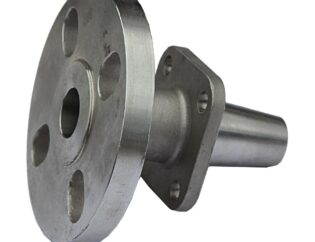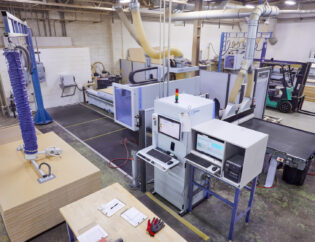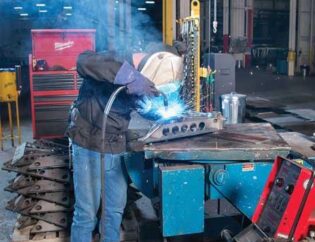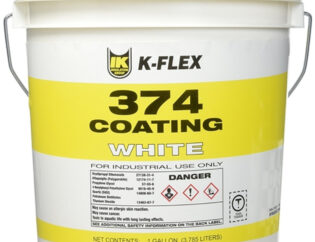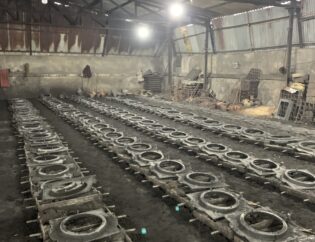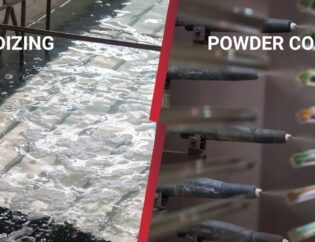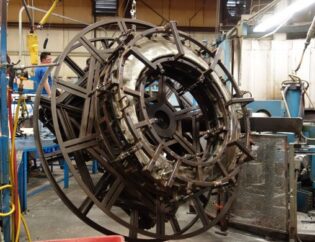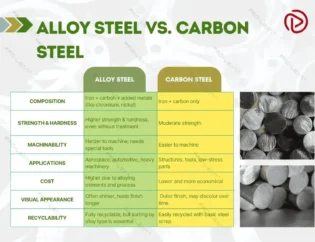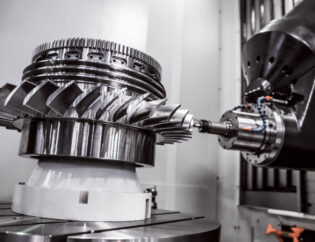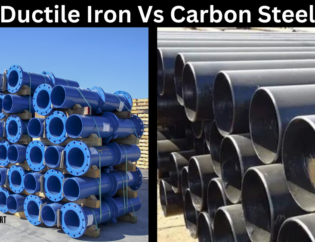3D printing has revolutionized manufacturing, and metal parts are at the forefront of this transformation. As industries seek innovative solutions to enhance efficiency and reduce costs, understanding the intricacies of 3D printing metal components becomes essential. This guide will delve into the techniques, materials, and applications that define this cutting-edge technology.
Readers can expect to learn about various 3D printing methods for metals, including selective laser melting and binder jetting. We will explore the advantages and challenges associated with each technique, providing insights into their suitability for different projects. Additionally, we will discuss the post-processing steps necessary to achieve optimal results.
By the end of this guide, you will have a comprehensive understanding of how to effectively design, print, and finish metal parts using 3D printing technology. Whether you are a hobbyist or a professional, this knowledge will empower you to leverage metal 3D printing in your projects, driving innovation and creativity in your work.
3D Printing Metal Parts: A Comprehensive Guide
Metal 3D printing, an additive manufacturing process, produces parts by fusing together metal particles layer by layer to form a metal part. It is often chosen as an alternative to CNC machining or metal casting because it can produce parts with the strength and durability of metal while also taking advantage of the design freedoms afforded by 3D printing. It can produce complex designs including lattices and topology-generated structures, both which are impossible to manufacture via traditional CNC machining.
Technical Features of Metal 3D Printing
Metal 3D printing technology has evolved significantly, offering various features that enhance its usability and efficiency. Below is a comparison of some key technical features across different metal 3D printing technologies.
| Feature | Direct Metal Laser Sintering (DMLS) | Metal Binder Jetting | Bound Powder Extrusion (BPE) |
|---|---|---|---|
| Material Density | ~100% | ~95% | ~100% |
| Surface Finish | High precision, requires post-processing | Moderate, minimal post-processing | High precision, requires post-processing |
| Build Speed | Moderate | High | Moderate |
| Material Variety | Limited to specific alloys | Wide range of metals | Limited to bound powders |
| Cost | Higher due to material and process | Lower, cost-effective | Moderate |
| Applications | Aerospace, automotive, medical | Prototyping, art | Functional parts, tooling |
| Post-Processing Needs | Yes, often required | Minimal | Yes, often required |
Types of Metal 3D Printing
Metal 3D printing encompasses various technologies, each with its unique processes and applications. Below is a comparison of the most common types of metal 3D printing.
| Type | Description | Advantages | Disadvantages |
|---|---|---|---|
| Direct Metal Laser Sintering (DMLS) | Uses a laser to fuse metal powder into solid parts layer by layer. | High precision, excellent mechanical properties | Higher cost, requires post-processing |
| Metal Binder Jetting | Involves depositing a binding agent onto metal powder, then sintering. | Cost-effective, faster production | Lower density, may require infiltration |
| Bound Powder Extrusion (BPE) | Utilizes bound metal powder filament, similar to FFF for plastics. | Safe to use, minimal training required | Limited material options, slower than DMLS |
Insights into Metal 3D Printing
Metal 3D printing offers numerous advantages over traditional manufacturing methods. It allows for the creation of complex geometries that are often impossible to achieve with conventional techniques. This capability is particularly beneficial in industries such as aerospace and automotive, where lightweight and intricate designs are crucial.
The technology also reduces material waste, as it only uses the necessary amount of metal powder for each part. This efficiency not only lowers costs but also contributes to more sustainable manufacturing practices.
Applications of Metal 3D Printing
Metal 3D printing is widely used across various industries. In aerospace, it is employed to create lightweight components that enhance fuel efficiency. The automotive industry utilizes it for rapid prototyping and production of custom parts. Medical applications include the production of implants and surgical tools tailored to individual patient needs.
Companies like markforged.com and www.xometry.com are at the forefront of providing advanced metal 3D printing solutions, catering to diverse industrial needs. all3dp.com offers insights into the best services available, while www.protolabs.com focuses on rapid prototyping and production capabilities. www.3dsystems.com provides a comprehensive range of metal 3D printing technologies, ensuring high-quality outputs.
Conclusion
Metal 3D printing is revolutionizing the manufacturing landscape by offering innovative solutions that enhance design freedom, reduce waste, and improve production efficiency. As technology continues to advance, the applications and capabilities of metal 3D printing will expand, making it an essential tool for industries looking to innovate and optimize their production processes.
FAQs
1. What materials can be used in metal 3D printing?
Metal 3D printing can utilize various materials, including stainless steel, titanium, aluminum, and Inconel, among others. Each material has specific properties suited for different applications.
2. How does DMLS differ from binder jetting?
DMLS uses a laser to fuse metal powder, resulting in high-density parts, while binder jetting uses a binding agent and typically produces lower-density parts that may require additional processing.
3. What are the main advantages of metal 3D printing?
The main advantages include the ability to create complex geometries, reduced material waste, faster production times, and the potential for customization in manufacturing.
4. Is post-processing required for metal 3D printed parts?
Yes, most metal 3D printed parts require post-processing to achieve desired surface finishes and mechanical properties, especially for technologies like DMLS and BPE.
5. Can metal 3D printing be used for mass production?
Yes, metal 3D printing can be used for mass production, particularly with technologies like binder jetting, which allows for faster production rates and lower costs.

